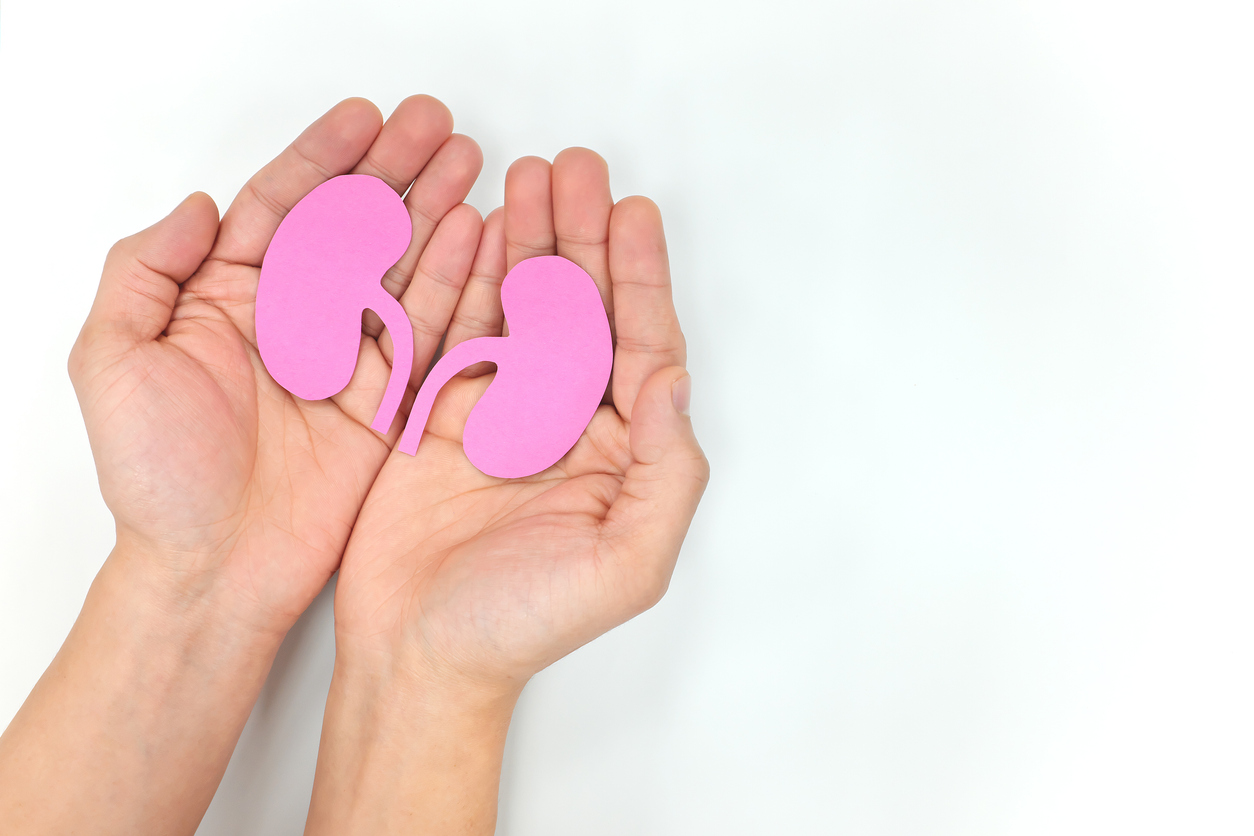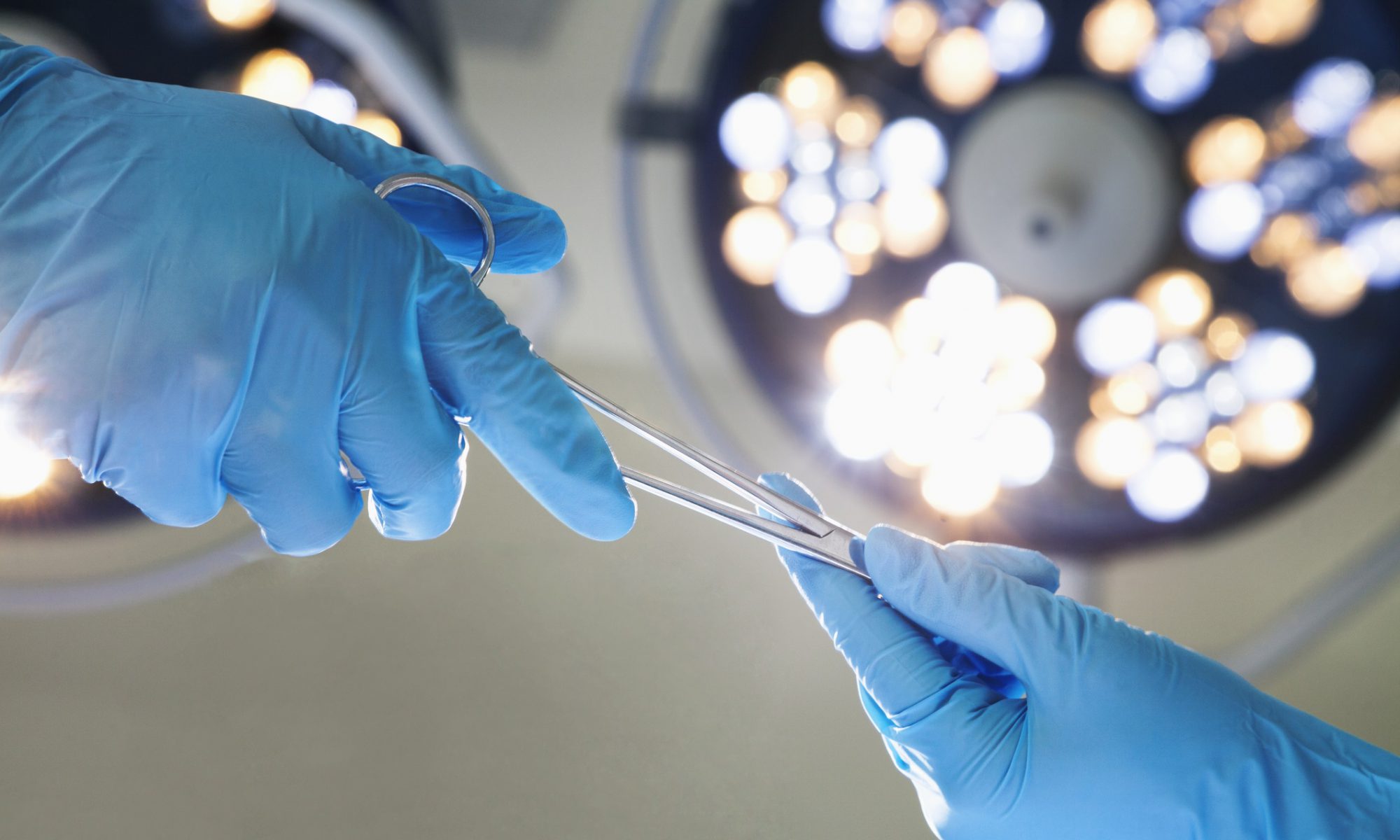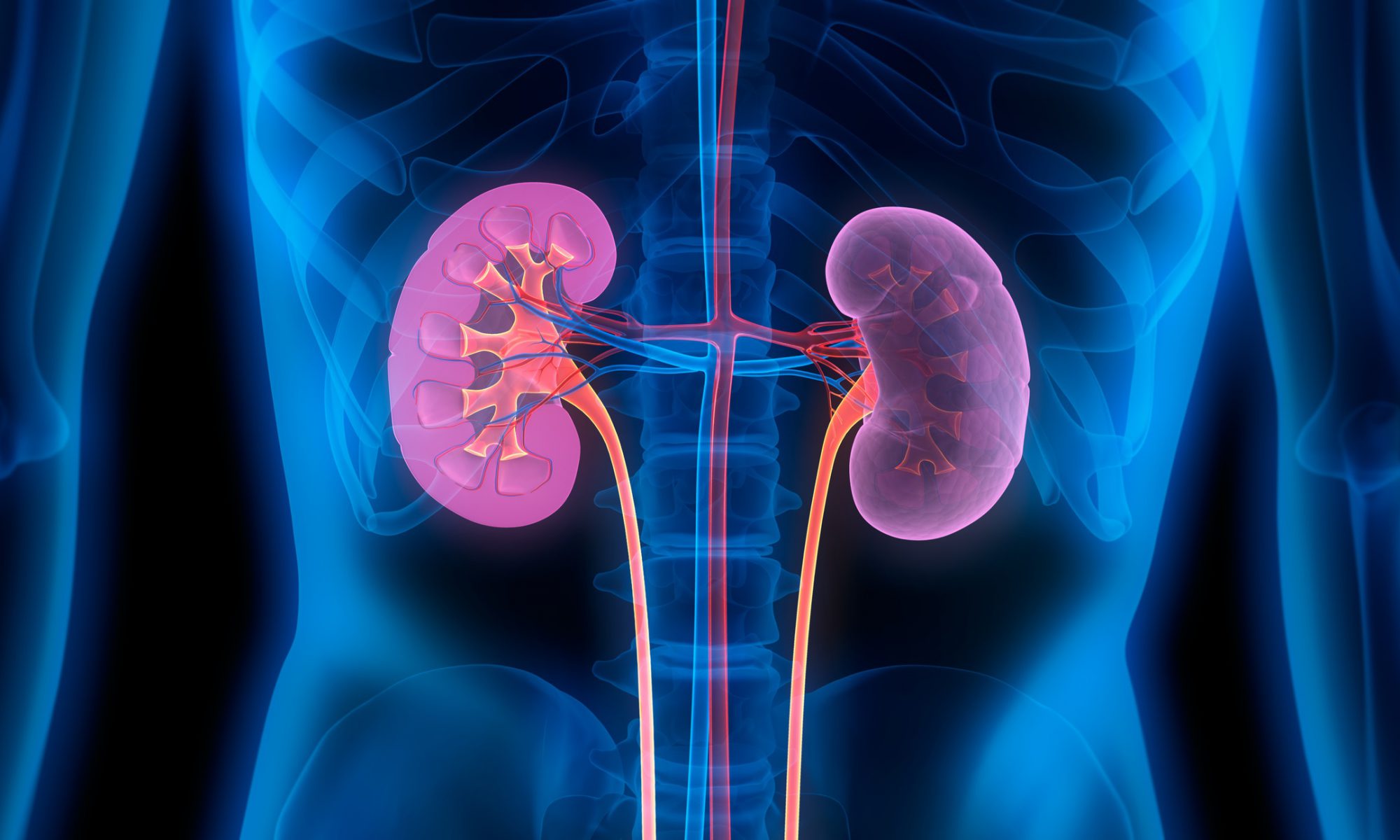By Martha Gershun
Five years ago, I donated my “spare” kidney at the Mayo Clinic to a woman I read about in the newspaper. Though living with only one kidney has risks, I was not particularly concerned about my own health. The clinic’s medical evaluation was extremely thorough, and I knew their highly conscientious selection committee would not approve me to be a living donor if they were even the slightest bit concerned the procedure would cause me long-term health problems. Furthermore, I was assured at every step of the process that if my remaining kidney should fail or be damaged, I would “go to the top of the transplant waiting list.” Read the full story in STAT.
Penn Medicine Launches New Center for Living Donation to Increase Transplant Opportunities for Those in Need of Livers or Kidneys
The center aims to help drive the gift of living donation through exceptional care, community outreach
Newswise — PHILADELPHIA – The Penn Transplant Institute at Penn Medicine has opened a new Center for Living Donation which will expand Penn’s exceptional care for living donors, helping to maximize the number of lives saved through liver and kidney transplantation. For the thousands waiting on a lifesaving organ, living donation—when a living person donates an organ, or part of an organ, for transplantation to another person—can help those in need receive life-saving care sooner. Read more in Newswise.
Domino Donation: A Kidney to Save Two Lives Instead of One
Oct. 18, 2022 – On a warm summer day in June, Amy Nadel sat in a waiting room at Johns Hopkins as one of her children was coming out of the operating room and another was preparing go in. And in a similar room in another part of the hospital, another family was sitting through the same thing. They were linked not by coincidence, but by one life-saving thing they were about to trade: kidneys. Read the full story in WedMD.
What are the criteria for live donor liver transplants?
According to the Department of Health and Human Services, around 8,096 liver transplants took place in 2020 alone, with 11,772 candidates awaiting transplantation at the end of 2020. Liver transplants traditionally come from deceased donors. Centers prioritize transplants and allocate these livers to individuals based on their level of sickness.
On the other hand, a living donor liver transplant is partial liver transplantation. It can be an alternative to waiting for a deceased donor until the liver disease becomes too severe to require a full organ transplant. Read more in Medical News Today.
Pregnancy after kidney donation shows low increased risk for complications
Among white women, pregnancies after donating a kidney pose similar complications to those experienced by the general population; although, a low increase in risk is observed.
Further, investigators observed similar fetal and neonatal risks among pregnancies before and after donation. Read more in Healio.
How Kevin Schnurr Honors His Gift of a New Kidney
On May 6, 2014, all Kevin Schnurr had to do was remember his name and date of birth.
So—on May 6, 2014—Kevin awoke from surgery, and doctors and nurses asked him his name and date of birth.
Kevin successfully replied, “My name is Kevin Schnurr … and I was born on March 31, 1986.”
Read the full story on CareDx.com.
What are the Risks of Donating a Kidney?
There are approximately 100,000 people in the United States waiting for a kidney, and many more living kidney donors are needed to give kidney patients a chance to receive a life-saving kidney transplant. If you are considering becoming a living kidney donor, you may be wondering whether kidney donation is safe, or if there are any risks associated with kidney donation surgery.
A new study by the Mayo Clinic confirms that the risk of major complications for living kidney donors is minimal. Of the 3,002 living kidney donors who underwent laparoscopic kidney donor surgery at the Mayo Clinic transplant center from 2000 to 2019, 12.4% had minor post-surgical complications. Just 2.5% of patients in the study experienced major complications, and all made a complete recovery. The study tracked complications that occurred up to 120 days after surgery. Read more from the National Kidney Registry.
Giving a kidney started with giving knowledge
Roxana Chicas, PhD, RN, a research professor in Emory’s Nell Hodgson Woodruff School of Nursing, rued her nontraditional academic path until a mentor reassured her: “The teacher always arrives when the student is ready.”
That advice about timing resonated last month as she prepared to donate a kidney to her mentor, professor and faculty colleague. Professor and biostatistician Vicki Stover Hertzberg, PhD, who directs the school’s Center for Data Science, had been waiting nine months for a transplant after being diagnosed with kidney failure.
The two professors’ personal relationship is only one aspect of their remarkable story.
Read the full story from Emory News Center.
What to Expect After Donation
What is the recovery period and when can the donor return to normal activities?
The length of stay in the hospital will vary depending on the individual donor’s rate of recovery and the type of procedure performed (traditional vs laparoscopic kidney removal) although the usual stay is 1 to 3 nights. Since the rate of recovery varies greatly among individuals, be sure to ask the transplant center for their estimate of your particular recovery time. Read the full story from the National Kidney Foundation.
Husband Donates Kidney So His Wife Can Receive One
When a local TV weatherman did a live broadcast from Hanley Elementary 25 years ago, he met a teacher who stole his heart.
On Tuesday, Nov.23, 20 years after they were married, he also gave her his kidney.
“I believe God brought us together for this moment in time,” Chip Washington, 64, said as he and his wife, Wanda, 62, prepared for their surgeries. Read the full story in The Institute here.






